Ferticare Hydro 6-14-30, soluble in water with a low chlorine content, contains magnesium (Mg), sulfur (S) and trace elements.
Thu-Sun2O5-K 2O 6-14-30 with trace elements
The fertilizer is suitable for use as a watering fertilizer (also in drip irrigation systems) on an inactive growing medium (stone wool), hydroponics and peat substrate in greenhouses, and for watering low-nitrogen plants (strawberry, blackcurrant) and spraying through leaves in open ground. Since the product contains all the necessary micronutrients, there is usually no need to add additional micronutrients.
Use
Ferticare Hydro 6-14-30 + trace elements have been developed primarily for fertilizing inactive growing substrates (stone wool, hydroponics), but it can be used for all types of substrates. The product is successfully used in drip irrigation and sprinkling systems. For the manufacture of the product used raw materials that are completely soluble in water. The nitrogen content is relatively low. The product contains only nitrate nitrogen and can be used mainly on low-fertile substrates. Ferticare Hydro and calcium nitrate (YaraLiva Calcinit) can be used to create different (with different nitrogen N to potassium K) watering fertilization programs to fertilize many different crops. If it is necessary to regulate the ratio of nutrients in the program, then all the products of Krista’s product group can be used for this.
Instructions for use
Ferticare Hydro 6-14-30 + trace elements are applicable in several ways:
-
Watering fertilization
In the greenhouse: 0.05–0.2% medium (0.5–2 kg/1000 l watering water). In open ground: 0.1–0.2% medium (1–2 kg/1000 l watering water).
-
Drip irrigation in the open field
Berry plantations 150-300 kg/ha. Apple plantations 300-400 kg/ha.
-
Foliar fertilization
Open ground garden crops and strawberry: 1-2% solution (1-2 kg/100 l of water). If necessary, fertilizing is repeated at intervals of 7-10 days. Root crops: in the form of a maximum 4% solution (4 kg/100 l of water).
Tank mixes
When fertilizing through the leaves, it is suitable for tank mixes with the most commonly used pesticides. Small-scale presamples should be carried out before using large quantities.
Composition
Nutrient content as a percentage by mass
| NUTRIENT | % by weight |
|---|---|
| Total nitrogen (N) | 6 |
| nitrate nitrogen (N-NO3) | 6 |
| Water-soluble diphosphorus pentoxide (P2O5) | 14 |
| as an element (P) | 6.1 |
| Dipotassium oxide (K2O) | 30 |
| as an element (K) | 24.9 |
| Magnesium oxide (MgO) | 4.3 |
| as an element (Mg) | 2.6 |
| Sulphur trioxide (SO3) | 9.3 |
| as an element (S) | 3.7 |
| Boron (B) | 0,03 |
| Copper, EDTA as chelate (Cu) | 0,02 |
| Iron, EDTA as chelate (Fe) | 0,2 |
| Manganese, EDTA as chelate (Mn) | 0,14 |
| Zinc, EDTA as chelate (Zn) | 0,02 |
| Molybdenum (Mo) | 0,004 |







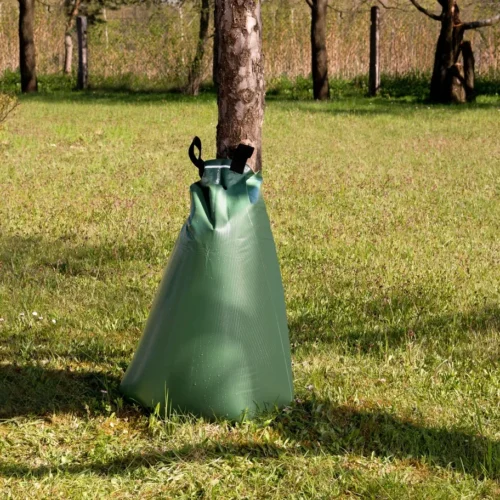
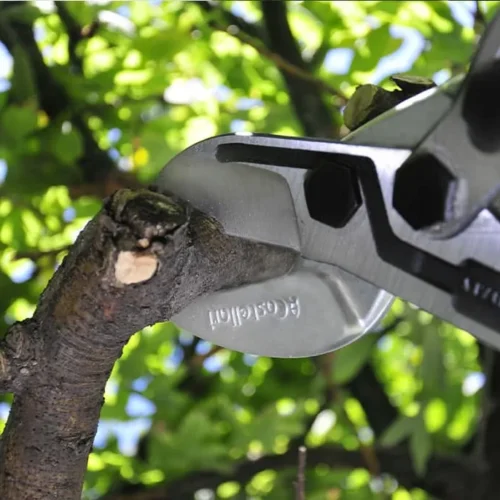
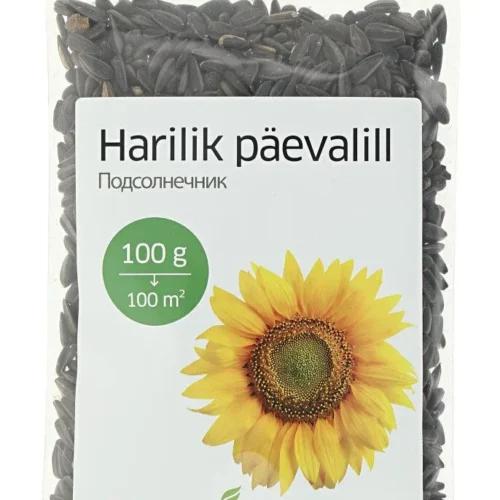
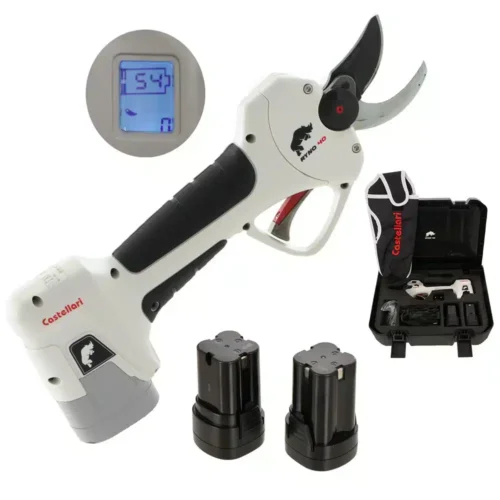
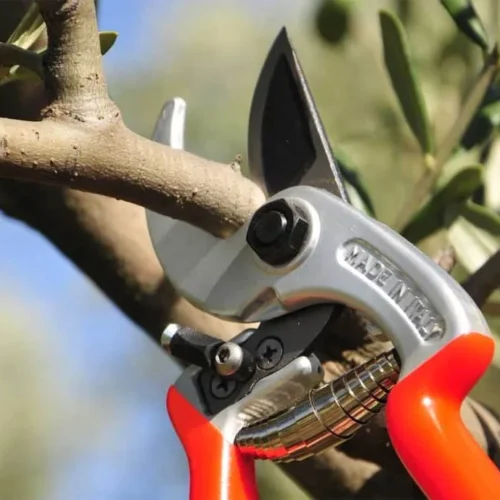

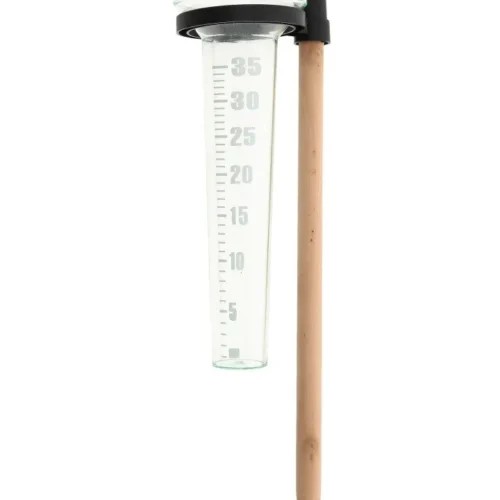

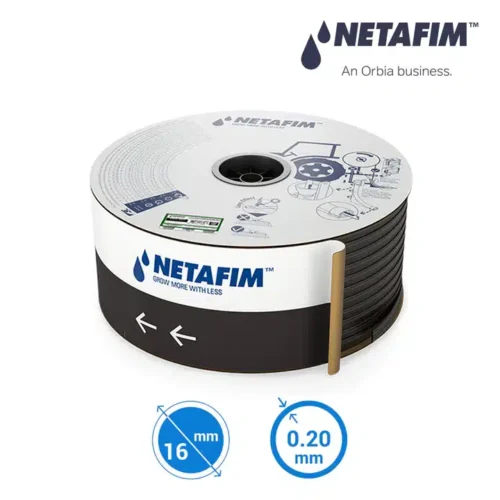




Reviews
There are no reviews yet.